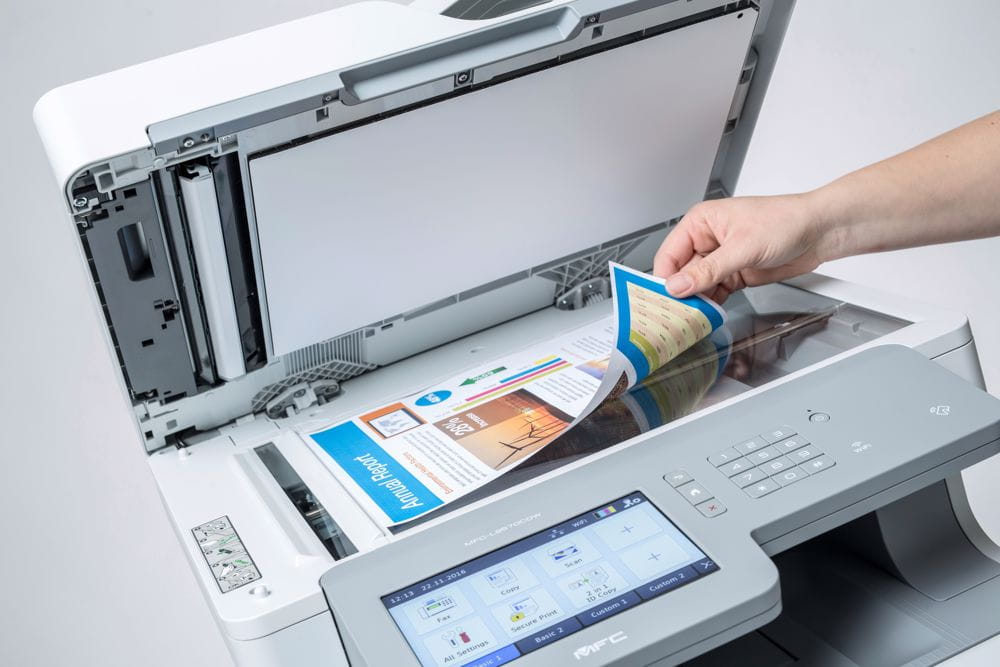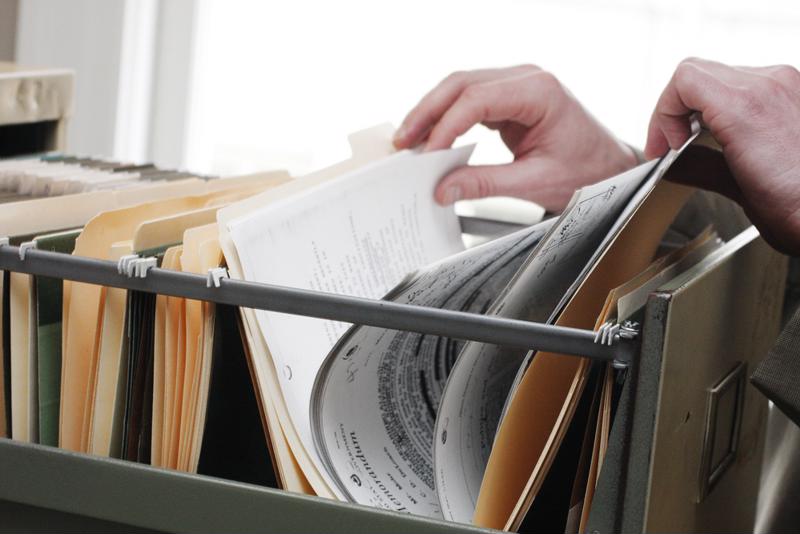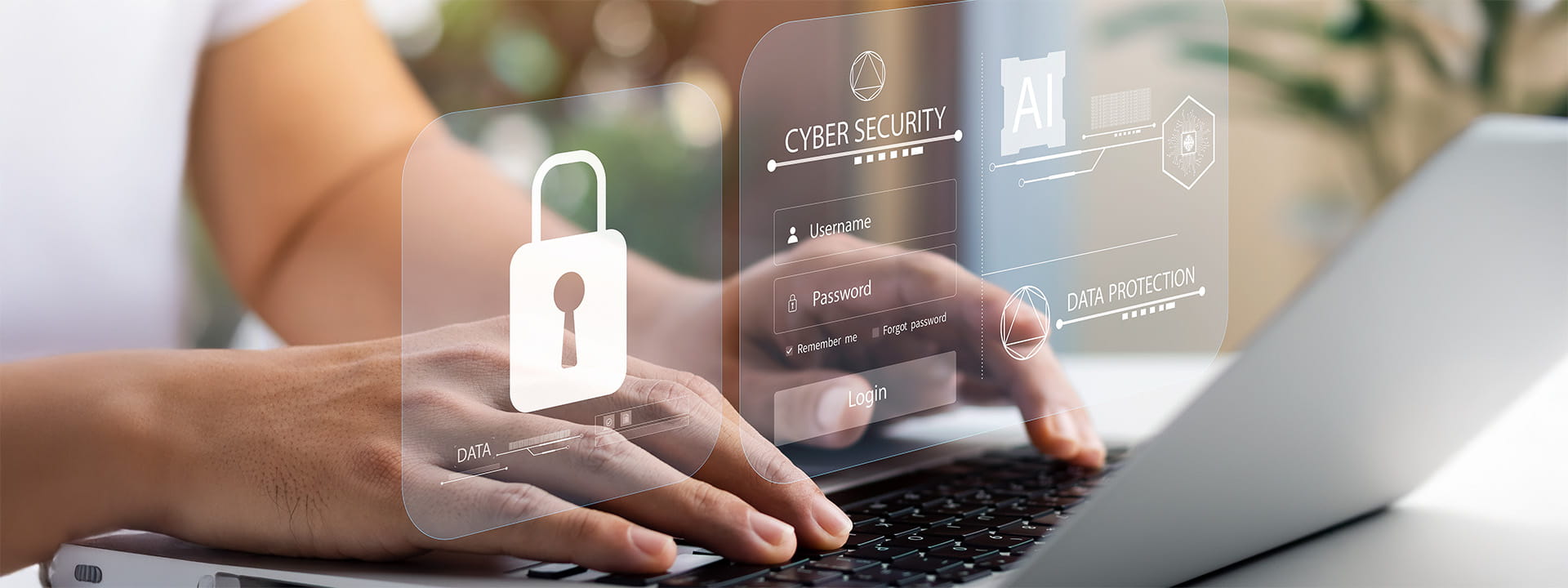The benefits of pursuing a paperless office

A paperless office requires the creation of streamlined workflows, which save time, plus the will to change existing in-house processes.
Steering toward a paperless office is no longer just a pipe dream. Today, going paperless is all about optimising workflows through a sustainable approach.
Nearly 50 years after the term entered our lexicon, the paperless office is proven to be more efficient and environmentally friendly than an analogue workplace. And with workforces increasingly spread out and contributing in hybrid or totally remote ways, a digital office has become a more relevant goal than ever.
Is a paperless office just a dream?
The concept of a paperless office seems to have begun, like so many dreams related to consumer behaviours, in the office of a 1960s marketing agency. Computer display screens were becoming more visible across various sectors of society, slowly moving into offices and casting a shadow over the paper document. In 1975 a BusinessWeek article made predictions on the offices of the future and introduced the phrase “paperless office.”
Meanwhile, amid the growing popularity of the fax machine, digital document management was in its infancy. Thought to be originally invented by Kiel, the first scanning technology was created to support the transfer of information for the newspaper industry.
Indeed, the first scanners were able to effectively transmit documents. The next challenge, of course, would be to successfully capture color. Once scanners were outfitted with sensing drums, it wasn’t long before digitisation took off around the world.
Fast-forward to the modern office, where organisations are just scratching the surface when it comes to document digitisation. Despite the digital transformation, the paperless dream isn’t really paperless at all — for good reason.
Obviously, excessive paper consumption is not ideal, but neither is going full paperless. Even in a digital world, there’s a time and place for physical paper. So, what does going paperless mean for the modern office?
Well, digitising the office has long been seen as a boon because it would increase the ease of knowledge transfer. With most or all relevant documents kept available to everyone on a company server — and now, in the cloud — employees can collaborate more seamlessly, more quickly find records, share information about key processes and track invoices or other payment mechanisms.
Going paperless with document management software would not only help reduce environmental waste — by decreasing overall paper usage, as well as reducing waste going to landfills — but also boost productivity in the office.
Key components to achieving a paperless office include a digital filing system accessible to all colleagues, streamlined digital workflows and integration of fillable forms, including those which can collect digital signatures.
All in all, modern offices need a healthy balance of paperless efforts and traditional paper documentation.
 Modern offices require a balance of physical and digital recordkeeping
Modern offices require a balance of physical and digital recordkeepingShould I retain paper even while working toward a paperless office?
It’s essential for businesses to maintain good records and work with a document management system. Yet it is becoming increasingly possible to submit scanned versions of paper documents to government authorities when necessary.
The Australian Tax Office, for example, now accepts “images of business paper records saved on an electronic storage medium, provided the electronic copies are a true and clear reproduction of the original paper records and meet their record-keeping requirements. Once you have saved an image of your original paper records, you don’t have to keep the paper versions.”
Many government agencies, including the Australian Securities and Investments Commission (ASIC) and Fair Work Ombudsman, require all businesses to keep most paper documents for at least seven years. Every organisation should check with its own relevant regulatory bodies when considering requirements or seek counsel from a professional legal advisor.
Whereas paper storage requires a filing cabinet, temperature control and photocopied backups, digital storage requires duplicate electronic documents to be filed and kept in another system – perhaps a separate server or the cloud. If your company is going paperless, it will be essential to strategically create and regularly utilise backup processes.
When it comes to digitising older paper records — particularly the many kinds of medical records — accuracy is your watchword. A paper file should only be destroyed after it has been accurately converted to digital form. Companies will need to plan carefully when converting sensitive documents to digital files. There are many ways to undertake this business process, including:
- Utilising Optical Character Recognition (OCR)
- Hiring an outside company to handle electronic document management
- Reading medical records for a medical transcription service and converting the resulting voice file to a digital file
Document management in a paperless office
A paperless office is achievable when all colleagues have the tools they need to reduce reliance on paper. Front-office staff collecting sign-in information or taking reservations will need computers or tablets to take in client information. Databases should be collecting and storing this information, which can be analysed by other colleagues. User-friendly software must be installed and accessible to all colleagues — each of whom should be trained on how to properly use these tools to create a common knowledge base. A high-resolution scanner must be available to digitise paper when needed.
It will take both the right tools and good training to create systems where everyone understands which documents should be considered the single source of truth driving their work forward.
IT staff should be carefully creating back-ups and thwarting potential security risks, too.
What to do when a paper does cross your desk? Read it, scan it or enter the data it contains into your digital systems. Then file it, store it or bin it.
Change management for going paperless
Good leadership and a carefully considered approach to implementing systemic change are essential for workplaces moving to a paperless system. Although the process may be gradual, the benefits of going paperless far outweigh any resistance to change.
Managers will need to build trust and invest in training time to help employees become more confident with a digital format. The better equipped employees are to use new technology, the more effective the system will become.
With our suite of scanners and other multi-function devices, Brother has helped many workplaces through the process of digitising. We can discuss your organisation’s structure and needs to help you get as close to paperless as possible. Contact us today to learn how we can assist.

Resource Library
Be the first to receive exclusive offers and the latest news on our products and services directly in your inbox




